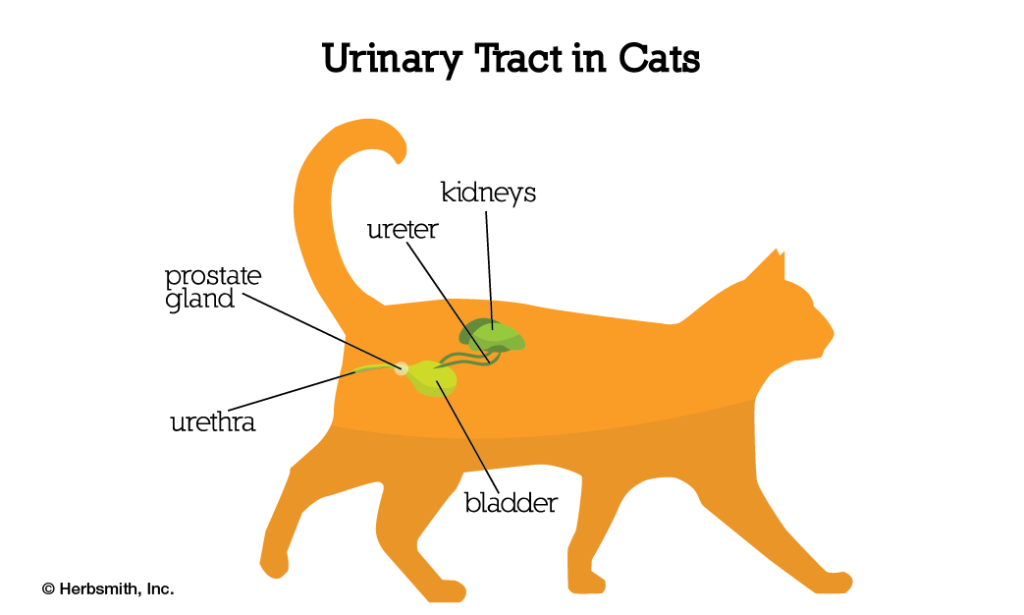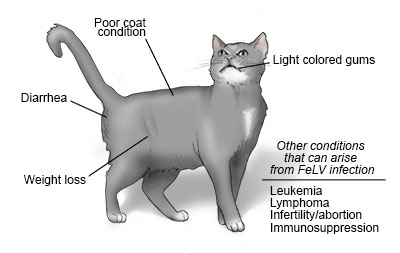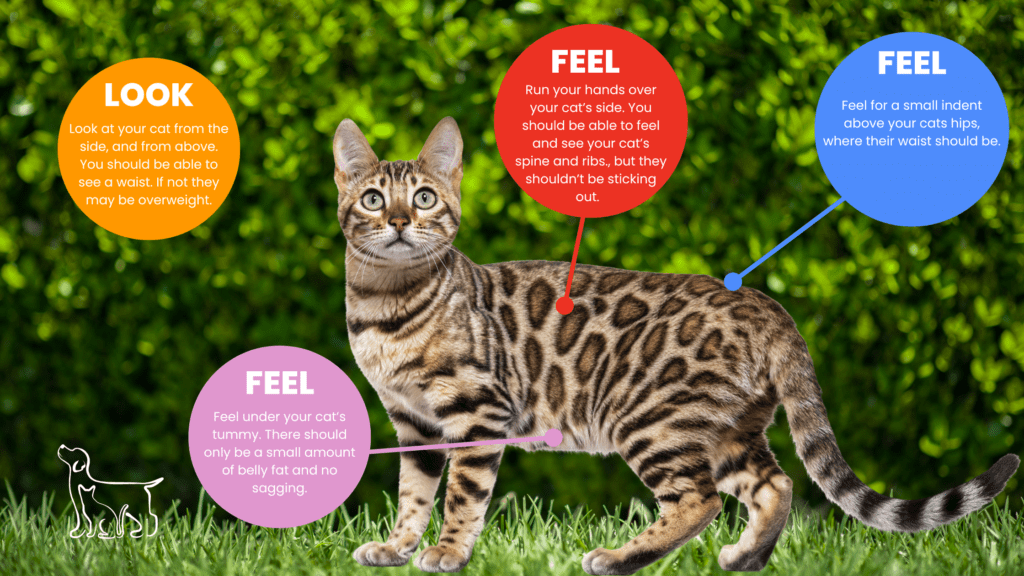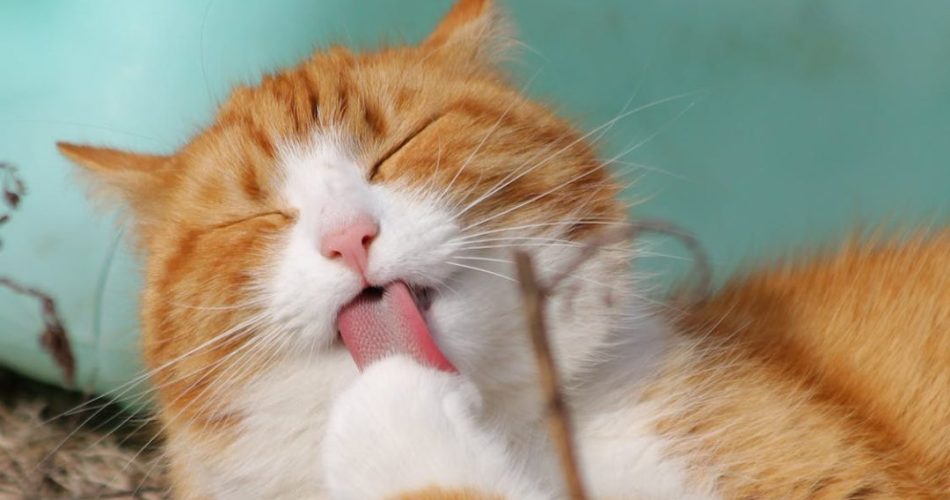Cats are fascinating creatures that bring joy and companionship to millions of homes worldwide. However, just like any other pet, they are vulnerable to a range of health issues that can significantly impact their quality of life. As a responsible pet owner, it’s vital to familiarize yourself with the common diseases that can affect cats. By understanding these illnesses and recognizing their symptoms, you can ensure your feline friend stays healthy and happy. In this article, we’ll explore some of the most common cat diseases every pet owner should know about.
Respiratory Infections in Cats
Respiratory infections are among the most frequent health issues in cats. They are typically caused by viruses, bacteria, or fungi and can spread easily among cats in close contact, such as in shelters or multi-cat households. Feline herpesvirus and feline calicivirus are two of the most common culprits behind upper respiratory infections.
Cats with respiratory infections often display symptoms such as sneezing, nasal discharge, coughing, and watery eyes. Some may also experience fever, lethargy, or a loss of appetite. These infections can range from mild to severe, depending on the cat’s overall health and immune system. While most cases resolve with supportive care, some may require antibiotics or antiviral medications. Ensuring your cat is vaccinated against these pathogens can significantly reduce the risk of infection.
Feline Lower Urinary Tract Disease (FLUTD)
Feline lower urinary tract disease is a broad term used to describe a group of conditions that affect a cat’s bladder and urethra. FLUTD can cause discomfort, difficulty urinating, or even life-threatening blockages in male cats. Stress, obesity, dehydration, and diet are common contributing factors to FLUTD.
Symptoms of FLUTD include frequent trips to the litter box, straining to urinate, blood in the urine, or urinating outside the litter box. If you notice your cat exhibiting these signs, it’s crucial to seek veterinary care immediately. Treatment varies depending on the underlying cause and may include dietary changes, stress reduction, or even surgical intervention in severe cases.

Feline Diabetes
Diabetes is a chronic condition that affects a cat’s ability to regulate blood sugar levels. It occurs when the pancreas does not produce enough insulin or when the body fails to use insulin effectively. Obesity, genetics, and a high-carbohydrate diet are common risk factors for developing feline diabetes.
Cats with diabetes may show symptoms such as increased thirst, frequent urination, weight loss despite a healthy appetite, and lethargy. Early diagnosis and treatment are crucial to managing the disease effectively. Treatment often involves insulin injections, dietary adjustments, and regular monitoring of blood glucose levels. With proper care, diabetic cats can lead long, happy lives.
Feline Immunodeficiency Virus (FIV)
Feline immunodeficiency virus is a slow-acting virus that weakens a cat’s immune system over time, making it more susceptible to infections. FIV is most commonly transmitted through bite wounds, so outdoor cats or those involved in fights are at higher risk.
Many cats infected with FIV can live for years without showing symptoms, but as the disease progresses, they may develop chronic infections, dental issues, or other health problems. While there is no cure for FIV, supportive care and regular veterinary checkups can help manage the disease and improve the cat’s quality of life. Keeping cats indoors and away from aggressive encounters is one of the best ways to prevent FIV transmission.
Feline Leukemia Virus (FeLV)
Feline leukemia virus is another significant viral infection in cats, affecting their immune system and increasing their risk of developing secondary infections or cancers. FeLV is transmitted through saliva, nasal secretions, urine, feces, and milk from infected cats, making it highly contagious.
Symptoms of FeLV can vary widely but may include weight loss, fever, pale gums, and recurrent infections. Vaccination is the best way to prevent FeLV, especially in cats that spend time outdoors or interact with other cats. While FeLV is not curable, cats with the disease can still lead fulfilling lives with proper care and a stress-free environment.

Kidney Disease in Cats
Chronic kidney disease (CKD) is a common condition in older cats, characterized by a gradual loss of kidney function. The kidneys play a vital role in filtering waste products from the blood, and their decline can lead to a buildup of toxins in the body.
Symptoms of kidney disease include increased thirst, frequent urination, weight loss, poor coat condition, and vomiting. Although there is no cure for CKD, early detection and management can slow its progression. Treatment often includes dietary changes, fluid therapy, and medications to support kidney function. Regular veterinary checkups can help monitor your cat’s health and catch kidney issues early.
Feline Panleukopenia (Feline Distemper)
Feline panleukopenia, also known as feline distemper, is a highly contagious and often fatal viral disease caused by the feline parvovirus. It primarily affects kittens and unvaccinated cats, attacking rapidly dividing cells in the body and leading to severe gastrointestinal issues.
Cats with panleukopenia may exhibit symptoms such as vomiting, diarrhea, fever, and a lack of appetite. Prevention through vaccination is crucial, as there is no specific treatment for the virus. Supportive care, including fluids and nutrition, can help affected cats recover if caught early.
Hyperthyroidism in Cats
Hyperthyroidism is a common endocrine disorder in older cats caused by an overactive thyroid gland. This condition leads to an increase in the production of thyroid hormones, which can affect the cat’s metabolism and overall health.
Symptoms of hyperthyroidism include weight loss despite increased appetite, hyperactivity, vomiting, and diarrhea. If left untreated, it can lead to severe complications such as heart disease or high blood pressure. Treatment options include medication, radioactive iodine therapy, or surgical removal of the thyroid gland. Regular blood tests and monitoring are essential for managing this condition effectively.
Obesity-Related Health Problems
Obesity is a growing concern for cats, as it can lead to a variety of health problems, including diabetes, arthritis, and heart disease. Overweight cats are also at higher risk of developing urinary tract issues and respiratory problems.
Preventing obesity involves providing a balanced diet, portion control, and regular exercise. Interactive toys, food puzzles, and scheduled playtime can help keep your cat active and maintain a healthy weight. If your cat is already overweight, consult your veterinarian for a tailored weight management plan.

Conclusion
Being aware of common cat diseases is a crucial part of responsible pet ownership. Early detection and timely intervention can make all the difference in managing these conditions and ensuring your cat lives a long, healthy life. Regular veterinary checkups, a balanced diet, and a safe, stress-free environment are essential in keeping your feline friend in peak condition. Remember, when in doubt, always consult your veterinarian for professional advice.
FAQs
1. How often should I take my cat to the vet?
Cats should have a checkup at least once a year, but senior cats or those with chronic conditions may require more frequent visits.
2. Can indoor cats still get diseases like FIV or FeLV?
Yes, although the risk is lower, indoor cats can still be exposed through interactions with infected cats or contaminated surfaces.
3. What should I do if I notice sudden changes in my cat’s behavior?
Behavioral changes often indicate health issues. Contact your veterinarian as soon as possible for a thorough evaluation.
4. Is it worth vaccinating my cat if they stay indoors?
Yes, vaccinations protect against diseases that can be transmitted indirectly, such as through humans or other animals entering your home.
5. Can cats recover from kidney disease?
While chronic kidney disease is not curable, proper management and treatment can improve your cat’s quality of life significantly.
